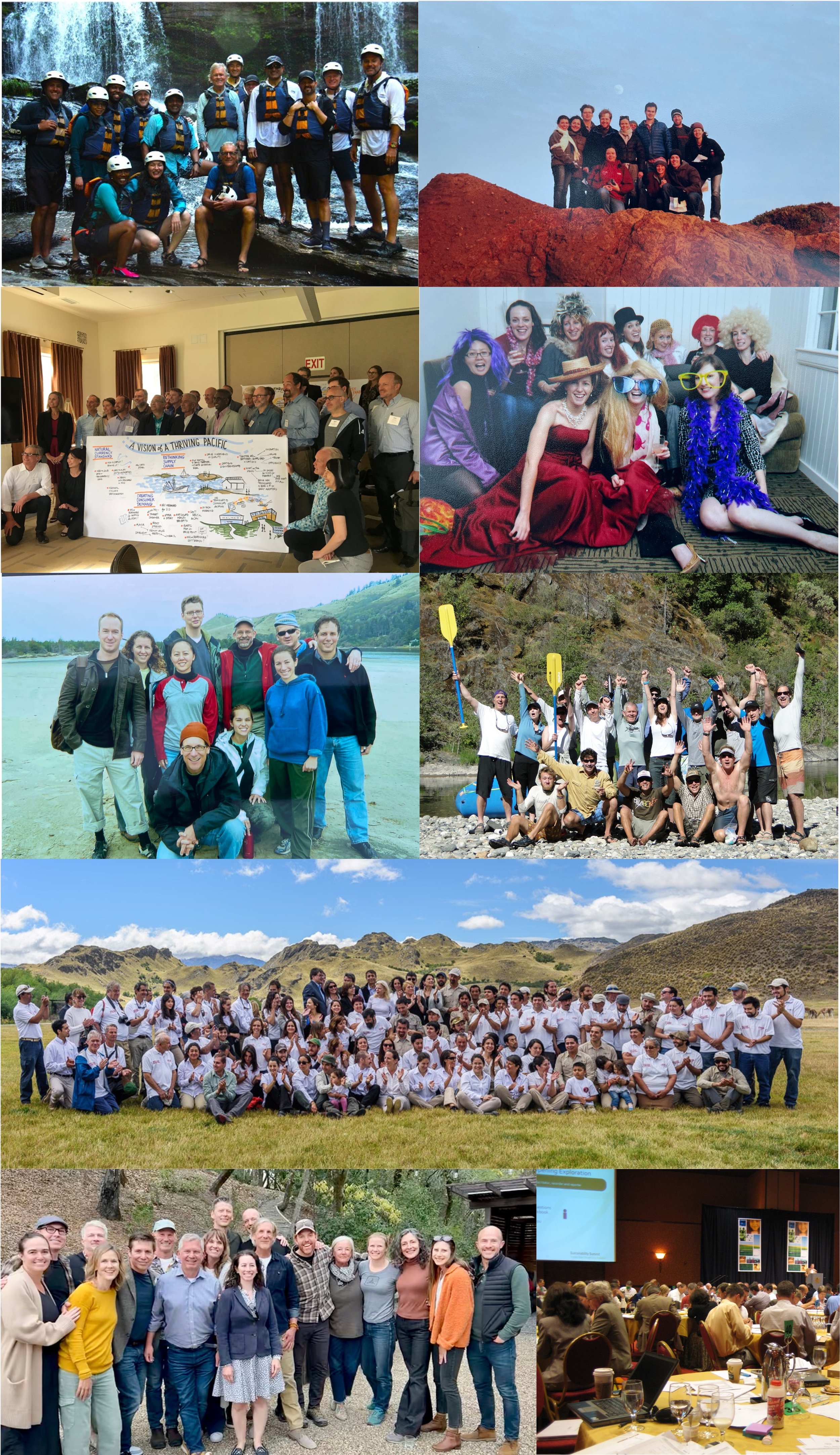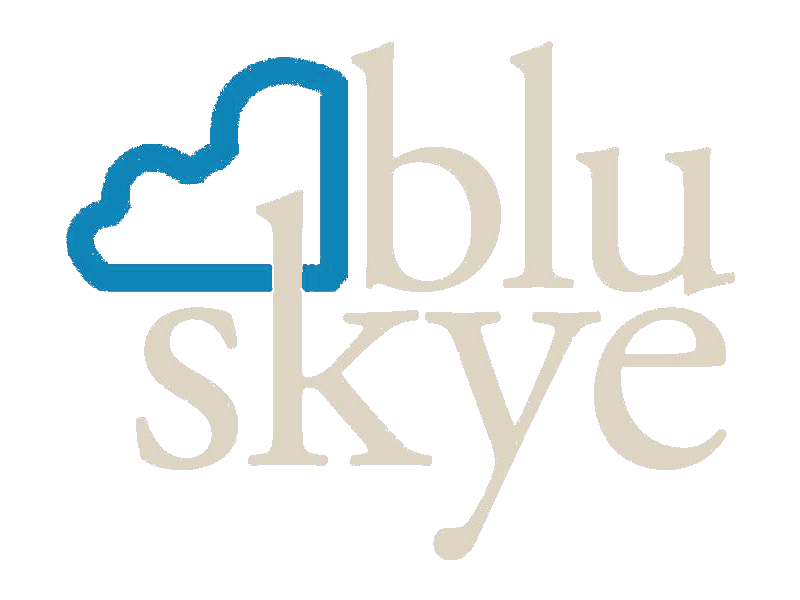
“‘Never doubt that a small group of thoughtful, committed, citizens can change the world. Indeed, it is the only thing that ever has’ …when the time is right”
—Quote attributed to Margaret Mead (additive quote in Italics mine)
It’s not easy to draw a straight line from being in the world, thinking what we think, and doing what we do, to how this influences societal shifts in consciousness, world-view, and the living world. Apparently small insignificant things like a butterfly flapping its wings in the Amazon contributes to big significant things like a tornado in Texas [1]. Blu Skye’s story of how a small group of committed people contributed to the growing firestorm [2] that is today’s sustainability movement begins 22 years ago with a muffled hush on a breezy Autumn day listening to trees talk.
It was then when my 4 year old daughter and I were sprawled on our backs in the grass looking up through gently swaying oak limbs into a dappled twilight sky that I said, ‘Shhhhh. Pay attention sweet pea… the trees are talking!’ She giggled and then became serious as she considered the possibility. She grabbed my hand. Then for a long time we quietly observed the tree’s movements, listened to its creaks and rustles, felt the cooling ground, and smelled the gathering evening’s earthy aroma. We were bathing together in a moment, in a place, in an experience. And it was then that the trees talked, but it was in a language all their own.
The idea for Blu Skye emerged in 2003, when my dear wife, tiny daughter, and I lived off the grid in a hand-built redwood and glass cabin on 85 acres of rolling oak madrone manzanita forest in Northern California. The nearest market was four miles away down a twisting dirt road and our nearest neighbor was a mile away. Few planes flew overhead. On windless days the silence was absolute. Our electricity came from the sun, our heat from fallen wood that I hand split, our water from a deep well, and our vegetables from a ¼ acre organic garden. The internet was young but miraculously accessible over a land-line phone – the only direct connection we had to civilization at the time – via a modem that whirred, crackled, and whined until it finally connected. There was no cell phone service (still isn’t) and smart phones, bitcoin, AI, and electric cars only existed in science fiction.
At the time I was 3 years into co-founding a small San Francisco-based management consultancy with 3 friends. The work was hard but fulfilling. And it was working. We helped clients achieve their business goals by co-creating strategies and plans in close coordination with the people who would be responsible for executing those plans. Surprisingly, this was innovative at the time. To do this we had to deeply understand what I’ve come to understand as the ‘machine’ of business – finance, competition, processes, procedures, incentives, supply chains, etc., the work of traditional management consulting – and the ‘tribe’ of business that ran the machine, which was typically the work of human resource specialists in leader development, culture, training, effective communication, etc. Artfully integrating these two competencies we helped our clients achieve their business aspirations while becoming better leaders and teammates.
So, it was going well. But something was missing. My life in the forest with my young family and swaying trees, garden, dog, chickens, and firewood splitting was disconnected from helping my client take 3 basis points of market share from their competitor. I was providing for the family, doing good work with business leaders I respected, but I felt something more was possible. Then one night I stumbled into a lecture by a Swedish oncologist who had spend 5 years in a global peer reviewed effort that resulted in four science-based principles for sustaining life on Earth called the Natural Step System Conditions [3].
Eureka! My pulse raced as insight struck like lightning. These four principles and the science underlying them were the missing link in my professional skillset that when integrated with the ‘machine’ and ‘tribal’ capabilities would ultimately become Blu Skye Sustainability Consulting. If big companies better aligned their business system with these ‘sustainability’ principles, they would be better positioned over time to be more successful than their competitors. I knew how to work with the machine and the tribe, and now my clients and I had a NorthStar – a compelling business vision to win by building business systems that aligned with the way the world works best.
Almost everyone thought it was crazy and wouldn’t work. If it was such a good idea, the big consultancies would already be doing it. But it turned out we were in the right place at the right time and immediately began by working with CEOs and their teams in retail, CPG, technology, entertainment, hospitality, waste, oil and gas, and agribusiness to help them understand that sustainability principles mattered and were part of an offensive strategy to win. We helped build some of the first sustainability offices inside big companies. We developed the first methodologies to measure the environmental footprint of an entire business system. We designed and helped start business associations focused on identifying, measuring, and lowering negative environmental impacts. We supported the creation of millions of acres of new National Parks. We encouraged, cajoled, inspired, and enrolled powerful people to invest their time, money, and heart towards the idea that you can do well for your shareholders by doing good for the world [4]. And along the way we brought scientists, NGOs, students, and artists together with hard-nosed businesspeople in ways that built trust and understanding. We took those same diverse groups to see melting glaciers in Sweden, dig through trash dumps in Brazil, talk with poachers turned farmers in Zambia, and commune with free-flowing rivers in California. It’s been a wild ride having caught a tiger by the tail.
Over this time hundreds of Blu Skye employees, thousands of clients and stakeholders, and I have been privileged to contribute in our small way to the blossoming of a global sustainability movement. Collective consciousness about sustainability has been raised. But rewarding as the last 20 years have been, the next 20 years will challenge humanity everywhere like no other time in history. As a species we are consciously exceeding critical planetary boundaries [5] at our peril. As I write this, more than 10,000 homes in Los Angeles have been destroyed by a freak wildfire in the middle of winter fueled by 100 mile per hour winds. Weather, water, oceans, fish, topsoils, mountains, viruses, animals and ice don’t care who is president, whether the Fed is about to lower interest rates, or how many likes Cristiano Ronaldo gets [6].
In the coming two decades, nature will continue to evolve dramatically in ways difficult for us to understand and deal with. In parallel, how we think and act will either evolve in ways that align with this rapidly changing nature, or not. We may not have much of a say as to how the mysteries of nature unfold ultimately but how we relate to the content of our thoughts over the coming years is 100% up to us. Now is a moment when human wisdom is most needed. My wish for the next 20 years comes as a call to action for all my fellow shambahla warriors [7] to go forth into the world armed only with compassion and insight to inspire our fellow humans to use our intelligence to align with the way the world works best and is most beautiful.
Now I no longer live four miles out a dirt road, and my daughter is out in the world living her own life, but the trees outside my window still sway gently in the breeze, communicating in language unfathomable to me. But if I listen carefully through my young daughter’s ears, I can almost hear their joy and wish for humanities success in this work. Perhaps they can help show us the way to more compassion and insight that, like butterflies flapping their wings, will mysteriously change the way we see the world and live together on our only home planet.
———
[1] See the Butterfly Effect
[2] Pun intended. At the time of writing more than 10,000 homes in Los Angeles have been destroyed in one of the most devastating wildfires in California’s history
[3] See The Natural Step
[4] See Anderson, R. (2001). Mid-Course Correction: Toward a Sustainable Enterprise. Chelsea Green Publishing
[5] See Planetary Boundaries
[6] The soccer star has more than 800 million followers on Instagram
[7] From Joanna Macy’s interpretation of an ancient Tibetan Buddhist myth

